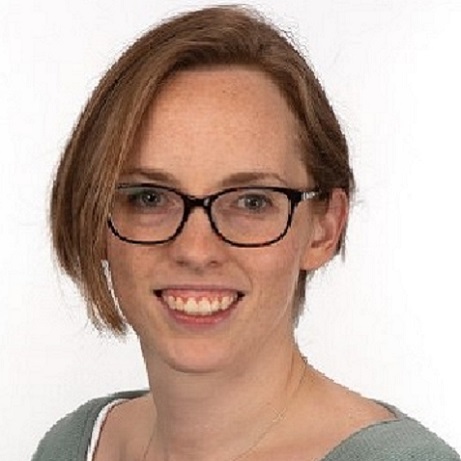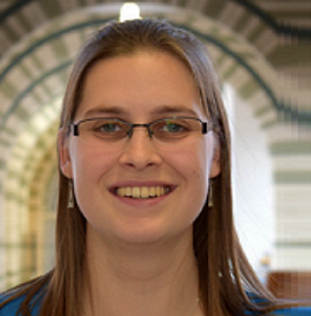23 in 100 women/birthing people in England who are having their first baby will have an emergency caesarean. While these operations are safe, they are not as low risk as planned caesareans or vaginal births. Fewer women/birthing people needing emergency caesareans might be better for mothers and babies, whilst saving the NHS money.
The Options study will develop a smartphone app or website for midwifes and doctors to use with women/birthing people in their first pregnancies. It will use information about a woman's/birthing person's pregnancy to predict whether they ares high or low risk for emergency caesarean.
If they are high-risk, the Options tool will contain information to guide a discussion. The choices they will be offered to reduce the chance of an emergency caesarean are starting labour early with medication (induction of labour) or having a planned caesarean, they will also be supported in continuing to await spontaneous labour if they chooses. If a woman/birthing person decides to aim for an induction or caesarean, we will arrange this for around 39 weeks of pregnancy.
What we plan to do
We will run several studies which will allow us to:
- Make a tool to predict how likely a woman/birthing person is to have an emergency caesarean.
- Make an app or website to allow easy communication of the prediction findings and support the conversation between a woman/birthing person and their clinician about what they prefers to do.
- Design a future large, randomised study to test whether options improve pregnancy care and test the methods for this trial in a feasibility including 500 women/birthing people
How we will do it
1: Developing the prediction model
- We will see if an existing prediction model, the ‘POPS’ model (developed in Cambridge), works well in a Dataset of over 60,000 pregnancies from Bristol, this is called external validation.
- Identify existing prediction models for emergency caesarean to see what predictors they use in addition to those used in the POPS model.
- See if we can make the POPS model better using some of these additional predictors.
- Externally validate the best model in a multi-ethnic cohort from Bradford and a newer cohort from Cambridge
2: Developing the Options intervention
- We will develop two core information sets, one for induction of labour and one for caesarean, to do this we will use a Delphi methodology.
- We will co-produce risk communication tools for the core information sets.
- We will co-design a digital tool to share the prediction model and its digital tools.
3: Developing and Refining the future Options trial
- We will design the options trial based on the outcomes important to women/birthing people.
- We will establish how feasible our study design is and see whether women/birthing people will be willing to be recruited to our trial.
- We will invite 500 women/birthing people to attend for a blinded 36-week ultrasound, we expect 30 of these women/birthing people to be high risk for emergency caesarean and also participate in the nested randomised trial.
The development of this programme of work has heavily involved women/birthing people and their families and throughout this five-year project we will engage with women/birthing people from a variety of backgrounds to ensure that this tool meets the needs of our diverse community.
Dr Abi Merriel explains more about the Options study
I’m delighted to be working on this important research programme within our local community and throughout the UK. This programme will help to personalise care for women/birthing people and enhance access to information to help inform women/birthing people’s choices during pregnancy about the method of birth for their first baby.
Dr Abi Merriel
Our Partners
Our Team

Dr Benjamin Greenfield
Obstetrics and Gynaecology Academic Clinical Fellow

Dr Eve Bunni
Obstetric Clinical Research Fellow
,copy.jpg)



